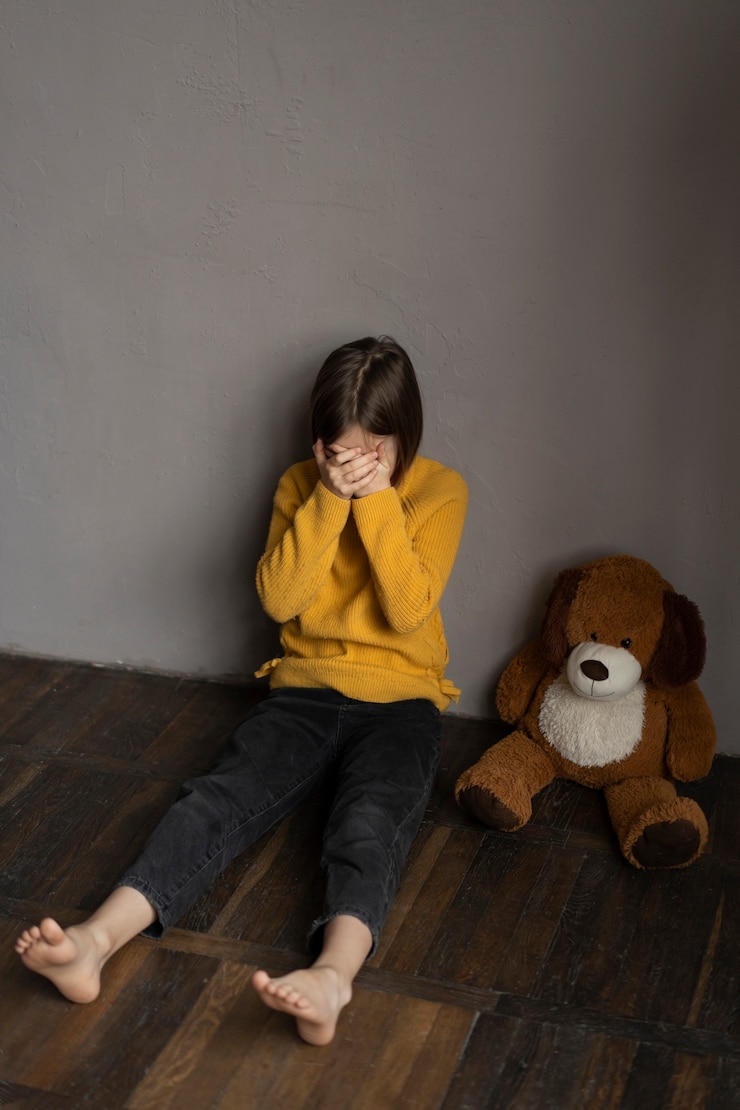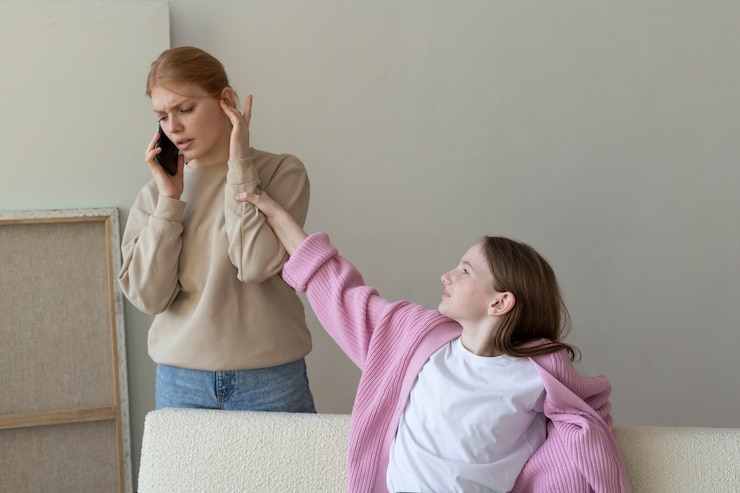
Anxiety symptoms in children can appear quite early and may be either obvious or subtle, sometimes showing up in unexpected ways. Here are 10 examples of anxiety symptoms in kids that might not be immediately noticeable.
—
### “Could my child be anxious?”
This is a common reaction among parents who visit my therapy office, hoping to understand their child’s puzzling and difficult behaviors. Many parents initially see these actions through a behavioral lens, applying rewards, consequences, and sticker charts. However, these behaviors often persist and even escalate.
It’s completely understandable that parents might miss signs of anxiety in children. The typical image we have of an anxious child may not align with reality. Picture a young child clinging to their mom on the first day of school—this is often what comes to mind.
Parents are frequently taken aback when I point out that what they perceive as ‘misbehavior’ might actually be better described as ‘distressed behavior.’ Our nervous system tends to react to stress in certain ways, and a child in a fight-or-flight state might seem defiant and uncooperative.
When our brain senses a threat, the body behaves as if it’s in real danger. This is what anxiety looks like. The amygdala, our brain’s emotional center, kicks in to protect us with survival instincts. Yet, if factors like genetics, environment, health, or temperament result in an overactive amygdala, it struggles to distinguish actual danger from perceived threats. As a result, children may exhibit survival-instinct behaviors.
Here’s a look at 10 anxiety symptoms in children that often confuse parents, yet are linked to the fight-flight-freeze response.
—
One major point that often surprises parents is the emotional reactivity linked to anxiety. When living in a constant state of anxiety and stress, people, including children, tend to be more emotionally reactive. The overactivation of the brain’s emotional center makes kids more prone to irritability since their emotions are on high alert.
Kids might ask questions repeatedly, like “How many minutes until we get there?” rather than just once during a long car ride. This need for excessive information is a common way anxious children cope with uncertainty.
Children may also seek constant reassurance, asking questions like “Do you think I’ll make friends at soccer?” or “Are you sure I won’t miss you at camp?” Such questioning stems from anxious feelings and thoughts, common in generalized anxiety and conditions like Obsessive-Compulsive Disorder (OCD).
Our bodies have an amazing way of protecting us. When anxiety triggers a fight or flight response, it causes physiological changes. For instance, a child might report a stomachache because, during stress, the digestive system slows down to reserve energy for the brain.
Avoidance is another coping mechanism, where kids might blatantly refuse to do things, coming across as defiant. This behavior can be a sign of anxiety when they feel out of control internally.
Quiet times often bring anxious thoughts to the forefront, making mind and body relaxation difficult, which affects sleep. Night waking can happen because the brain remains hyper-alert, even to minor stimuli like hallway sounds or bad dreams.
Living in constant stress keeps a child’s brain in survival mode, affecting its ability to focus, control impulses, and stay organized. These executive functions become challenging when anxiety overburdens the brain.
Sudden tears or emotional outbursts, often at simple tasks like bedtime or school prep, indicate an emotional buildup needing release. These incidents generally arise when facing routine challenges.
Behaviors like hiding under a bed or a table in stressful situations is primarily the ‘flight’ response to feeling overwhelmed.
When kids prefer staying close to their caregivers rather than going to school, it’s often anxiety at play. Being near a trusted adult temporarily alleviates their worry, leaving them unable to explain their reluctance rationally.
Understanding these behaviors as anxiety symptoms rather than deliberate choices helps parents address their child’s needs more effectively. When typical development crosses into anxiety, it affects daily functioning across various aspects of life. Fortunately, anxiety is common and treatable with the right support and treatment.
As Karen Young from Hey Sigmund beautifully puts it, “Anxiety is the work of a strong, healthy brain that’s a bit overprotective.”
—
For more resources, consider reading Karen’s book ‘Hey Warrior,’ which helps children understand and manage anxiety through engaging narratives and visuals.
Originally published on October 18, 2018, this post offers parents tools to better support their children facing anxiety.
Get involved with Parents with Confidence by joining over 30,000 other intentional parents in their weekly email list, which includes a FREE 5-day parenting course offering valuable advice on protecting self-esteem, gaining cooperation, and more.



